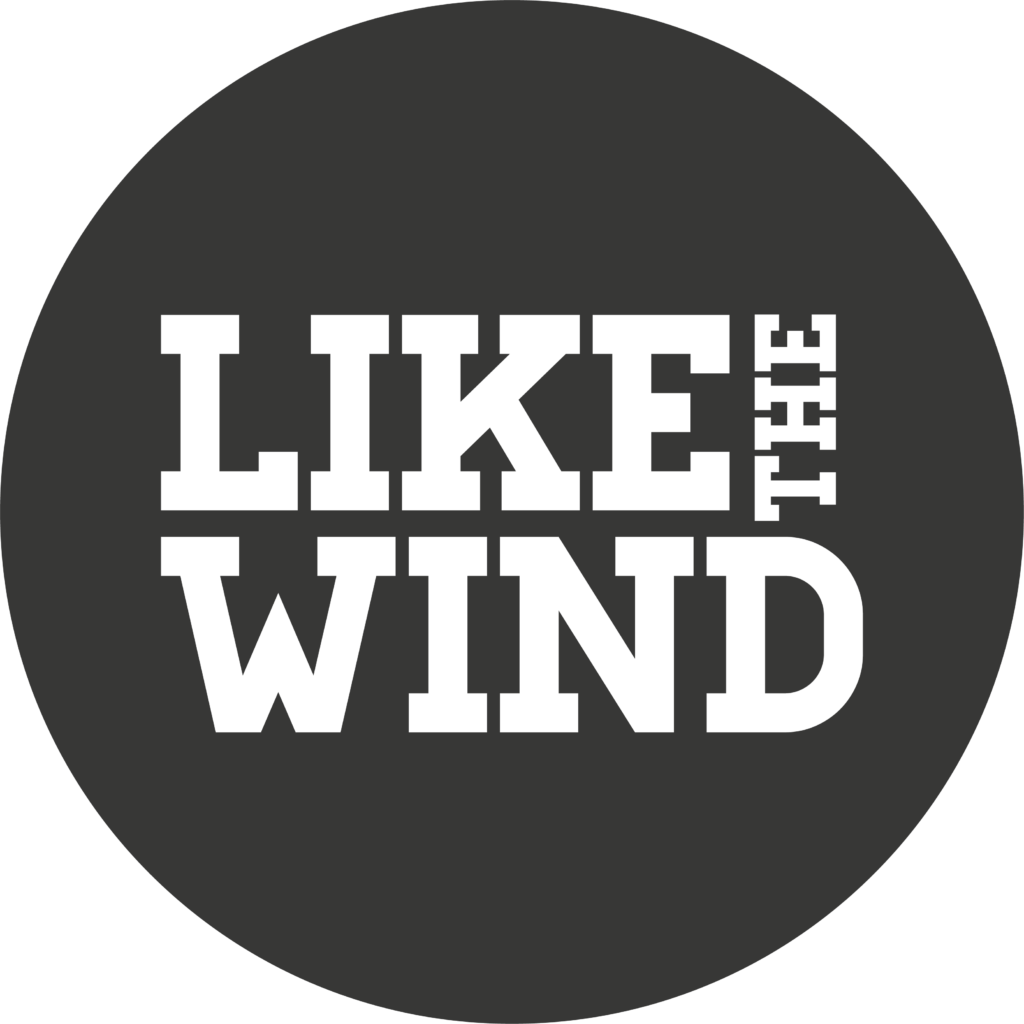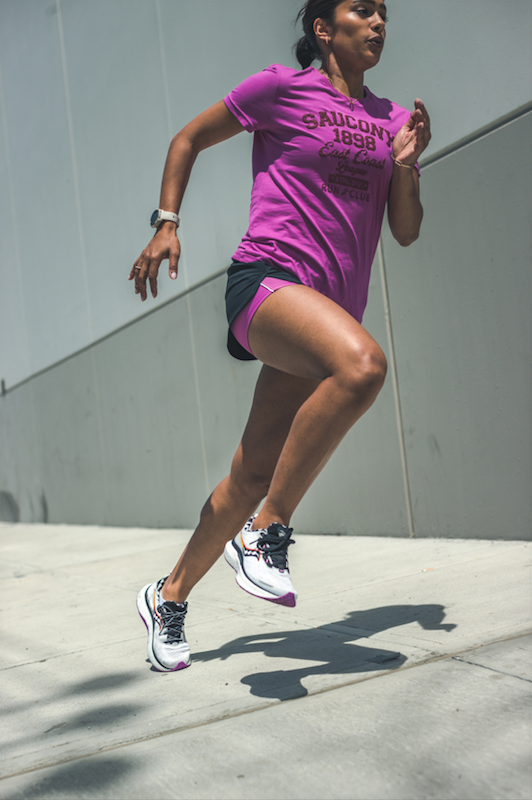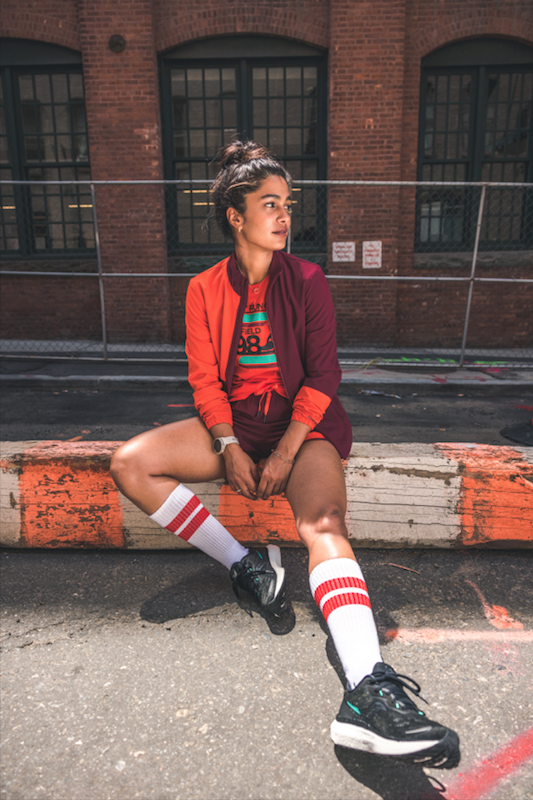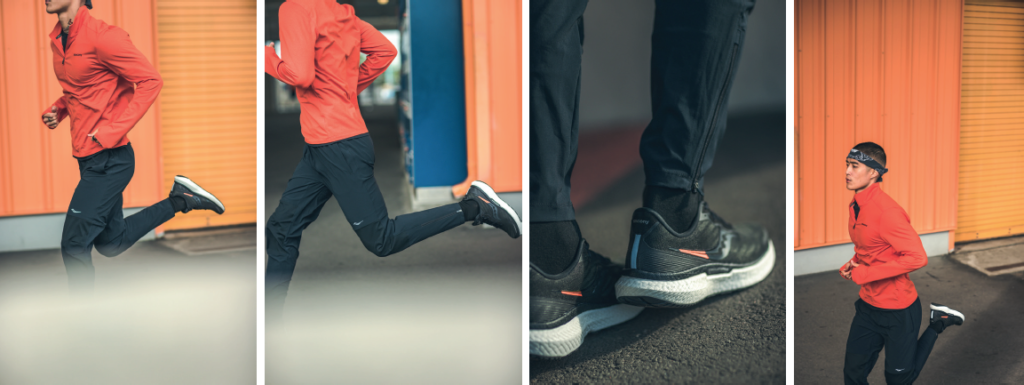‘History in the Making’ is a story from Issue #29 of Like the Wind – created in partnership with Saucony.
_______________________________________________________________________________________________________________________
“THE PAST IS A FOREIGN COUNTRY: THEY DO THINGS DIFFERENTLY THERE.” – LP HARTLEY
On a cool, crisp morning in September 1979, a grey-haired, 55-year-old man dressed in a blue tracksuit, black socks and a yellow headband jogged towards the start line of the Catoctin Mountain Park 10km race. This was to be his ever first race. In fact, he’d only taken up running just over a year earlier.
Many of the runners already milling around the start line suddenly broke into cheers and applause as this latest competitor joined their ranks… because this recent convert to the sport was none other than President Jimmy Carter. In fact, the race was partly Carter’s idea, with the route passing the gates of Camp David where he, like so many US Presidents before and since, stayed when needing a break from the White House.
Carter reflected a phenomenon that gripped the US and much of the world during the 1970s and 1980s – a running revolution. Or, to use the vernacular of the time, the “jogging boom”.
Emerging from the Shadows
The roots of the running revolution of the 1980s, which saw the sport enter the mainstream for the first time, can be traced back a decade or more. But it was perhaps the victory of an American athlete – Frank Shorter – in the 1972 Olympic Marathon that really lit the flame. Television played a huge part in bringing the excitement of running into people’s homes; myriad books about the benefits of running and how to do it added fuel to the fire.
By the time Rod Dixon limbered up to race the 1983 New York Marathon – which ended in one of the most exciting finishes of all time as he overtook Geoff Smith only yards from the line – millions of people, from schoolkids to pensioners, from the average man and woman on the streets to Presidents, knew about running as a sport and hobby. Suddenly, it seemed as though everyone was running, or at least talking about running.
In his book The Tipping Point, author, social scientist and runner Malcolm Gladwell wrote about the ingredients required to create a trend or launch a movement; the weight of relatively small moments that add up to drive something niche into the mainstream. He is referring to moments such as Dixon’s breathless, pulsating victory in New York or Lisa Rainsberger’s triumph at the Boston Marathon in 1985.
Today it is clear that there is a new running boom taking place
In the case of Rainsberger (who at the time was known as Lisa Weidenbach), victory at the Boston Marathon showed the world – and women in particular – that greatness was possible. As she says of her introduction to running:
“I grew up as a competitive swimmer but in my senior year in high school I wanted to earn another varsity letter so I asked the track coach if I could join the track team. He was not excited about that, so he told me to go and run two miles on the track. I broke the school two-mile record. I swam at the University of Michigan but missed the 1980 Olympics because of the US boycott of the Games, so I decided to join the cross-country team and forego swimming.
“Title IX, which gave women the right to run in high school and college, helped to explode the running community in the 1970s and 1980s, and made it easier and more enjoyable for women continue to run the local 5kms and 10kms. When the women’s marathon was added to the Olympics in 1984 that further helped participation numbers in road races. Local running clubs were formed, many more road races were created and with increased opportunities came increased participation. I would like to think the running boom took off due to it being a more inclusive sport than most – both in gender and in the costs associated with participation.”
From that start, Rainsberger went on to achieve an enormously successful career. Indeed, Lisa’s victory was the last time an American woman won the Boston Marathon until Des Linden repeated the feat at the rain-soaked 2018 edition, 33 years later.
Rod Dixon was introduced to running at an early age, taking up the sport as a youngster in New Zealand and discovering his talent while still at high school, as he explains:
“Running was a form of expression. I didn’t really get into running, running was just part of the natural environment, a form of expression and love. I would run to school. I would run home. I would run to deliver the newspapers in the neighbourhood. My older brother John was a very good runner and I would run with him.
“I had tried rugby, cricket, soccer and basketball. Still, I was more inspired to go and run in the school athletics or cross-country. I felt running was a better form of expression for me than standing waiting for the ball to come to me.
“By the time I was 16 or 17 years old, I started to finish in the top three or four in my running club cross-country or track races. I particularly liked the mile, but I was also up for the 200m or the 400m. I’d even do the hurdles or even the long jump and high jump.”
As a young man, Rod started to realise where his passion and talent was strongest. “My brother and I started a training schedule influenced by the New Zealand coach, Arthur Lydiard. And by 1968 I participated in the New Zealand Junior Mile Championships and won it,” Rod explains. It was from this basis that Rod carved out one of the most successful distance runners in the world. From humble beginnings, he went on to a glittering global career.
And at the same time that people were discovering the benefits and pleasures of running, shoe designers at Saucony were developing new technology to support athletes. With almost a century of athletic footwear experience under their belt by the time the running boom began, Saucony was perfectly placed to deliver best-in-class running shoes. In 1981 the Jazz made its debut and was an instant hit. Indeed, it was in a pair of Saucony Jazz that Dixon achieved his famous victory in Central Park. Never a company to rest on its laurels, a couple of years later Saucony released the Shadow. These two shoes proved to be icons not only for Saucony, but for the entire running boom.
What It Takes
The ingredients that resulted in the running boom of the 1980s were all there: a desire among the baby boomer generation to be fit and active; willingness on the part of local authorities to allow, and even encourage, the development of road races open to the masses; athletes such as Dixon and Rainsberger, who were a beacon for hundreds of thousands of amateur runners; and brands like Saucony, developing products to make running fun and enjoyable.
And today, many of those same ingredients are in place for what could be argued is a new running boom.
According to a survey carried out by Neilsen for World Athletics in July 2021, looking at running in 10 countries, 40 percent of people surveyed now consider themselves to be runners. Of those, 13% had taken up running in the past 12 months (since April 2020). The reasons participants in the survey gave for running included the positive impact it has on physical and mental health – which was considered especially important during the pandemic – and the fact that running has very few barriers to entry.
More than 20% of runners said that they run more often than they did previously as a result of Covid-19. And the overwhelming majority of that group say they will continue to run more often once the pandemic is over.
Alongside the drive that people are finding to take up running, or to run more than before because of the physical and mental health benefits, technology is also playing a part in the current running boom. The emergence of applications that allow runners to track their activities and share the data with their communities has added a layer of extrinsic motivation. Another exciting development that technology in running has facilitated is the emergence and growth of virtual races. It goes without saying that the Covid-19 pandemic made putting on in-person races difficult, if not impossible. But in that void, many runners discovered a new way to stay motivated and competitive. Indeed according to a survey by RunRepeat, around one-third of new runners who took up running during the pandemic are planning to race virtually in the future, making them more than twice as likely to run a virtual race than those who were already runners before the pandemic.
The next ingredient that has played a part in the current running boom is the current generation of professional athletes following in the footsteps of the 1980s greats.
Molly Huddle is one such runner. Based in in Providence, Rhode Island, Molly has enjoyed a glittering athletics career from a very early age, winning multiple state cross-country and track championships at high school before becoming a 10-time All-American while at the University of Notre Dame. Since then Molly set the American record in the 5,000m at the 2014 Herculis Diamond League meet in Monaco and the American record in the 10,000m at the 2016 Olympics, as well as setting her 26.2 mile personal best at the 2019 London Marathon in 2h26m33s.
On the other side of the Atlantic, Samuel Fitwi is a German athlete who came to the country in 2018 as a refugee from Eritrea. Samuel discovered running as a sport and quickly proved himself to be an exceptional talent. A year after he arrived in Germany, Samuel won a silver medal at the Under-23 European Cross-Country Championships and in 2020, Samuel became the German national cross-country champion. He is also the German national record holder for 5km on the road, having reduced the record to 13m33s in early 2021 in a race in Monaco.
As well as the exceptional athletes generating excitement around the sport of running at the elite end, brands are also playing their part. Saucony has continued to develop cutting-edge footwear since the days of the Jazz and the Shadow. During the current running boom, Saucony has released the latest version of one of the most popular shoes in the range: the Triumph 19. This is a shoe designed for the long run, with an ultra-plush bed of PWRRUN+ cushioning and a cloud-like lightness – it is a wonderfully soft shoe that will deliver an amazing run time and time again.
In addition to the Triumph, the team at Saucony has launched the second Endorphin collection with three shoes that between them cover everyday training, speed work and race day. In addition to the Triumph, the team at Saucony has launched the second Endorphin collection with three shoes that between them cover everyday training, speed work and race day.
Today it is clear that there is a new running boom taking place. It is maybe a little different from the one where Lisa Rainsberger and Rod Dixon were the shining stars, but many of the elements are still there: people are focused on physical and mental health; athletes like Molly Huddle and Samuel Fitwi are showing runners the way; technology allows runners to train and race, even when they can’t meet in person; and brands such as Saucony are developing more and more exciting products to help runners perform at their best. On that basis, the future for running looks very bright indeed.
__________________________________________________________________________________________
‘History in the Making’ is a story from Issue #29 of Like the Wind – created in partnership with Saucony.
Check out the Endorphin Collection: saucony.com/en/endorphincollection
And the Triumph 19 Collection: saucony.com/en/triumph-19
